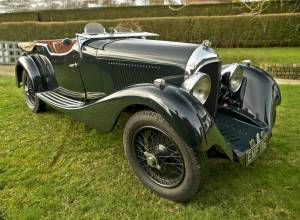Bentley 3 Litre classic cars for sale
The Bentley 3 Litre, introduced in 1921, established Bentley Motors as a force in British motorsport with innovation and formidable engineering. Its blend of robust 3-litre inline four-cylinder engine, historic Le Mans victories, and bespoke coachbuilt bodies define it as a truly distinguished example of early performance motoring.
Search results
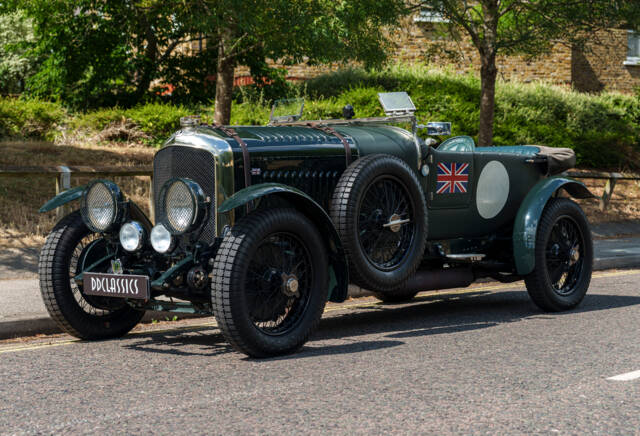
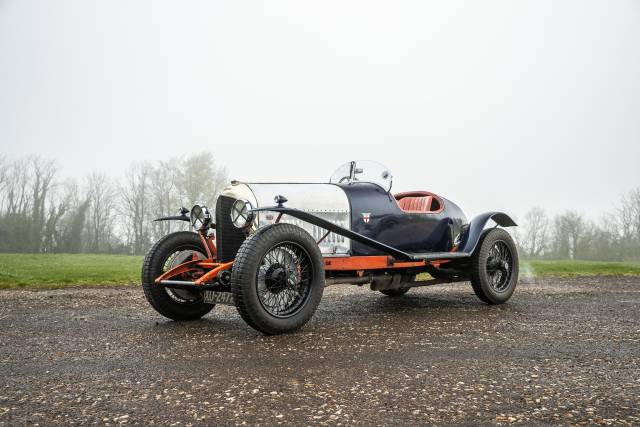
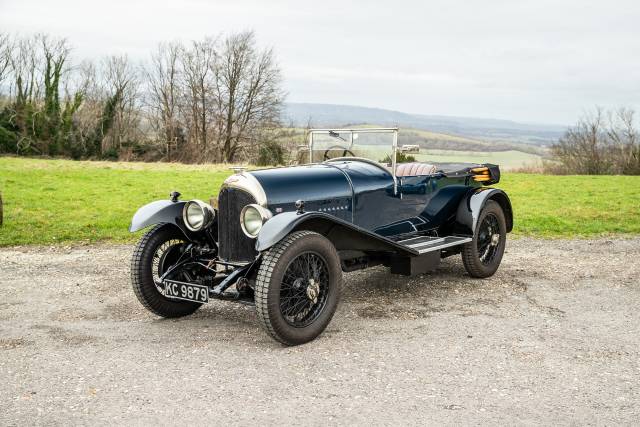
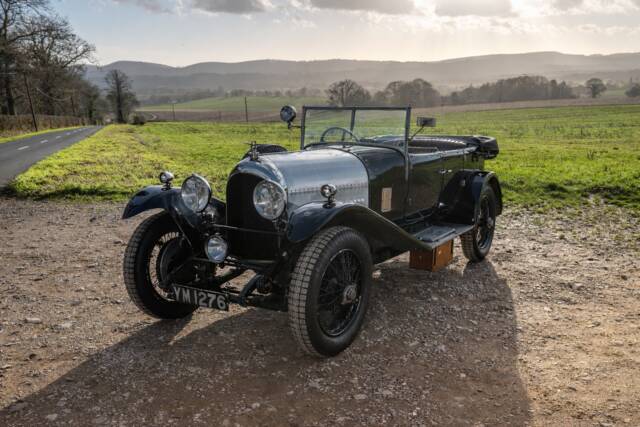
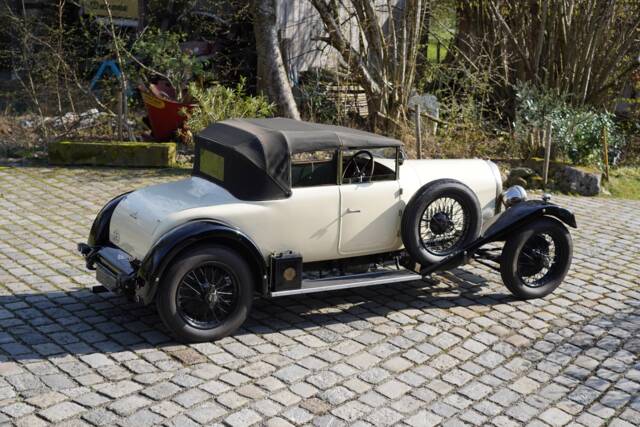
1924 | Bentley 3 Litre
H.J. Mulliner original bodywork

1924 | Bentley 3 Litre
1924 Bentley 3 4 ½ Litre
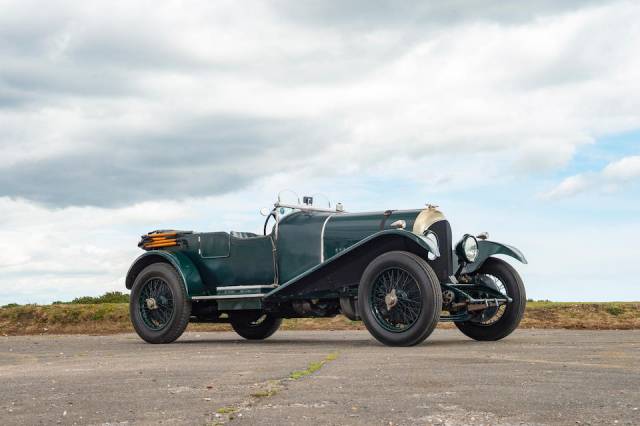
1926 | Bentley 3 Litre
Bentley 3 litre Short Chassis Sports Tourer
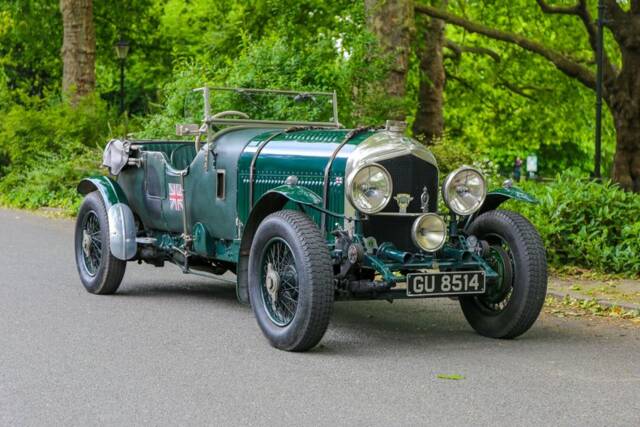
1930 | Bentley Le Mans
1930 Bentley 3 Team Racing Car by Bob Peterson

History and Introduction
The launch of the Bentley 3 Litre in 1921 marked the genesis of the Bentley legend. Developed from 1919 under the vision of W.O. Bentley, the company’s founder, it was the first Bentley car to reach customers and instantly redefined what a British sports car could be. From the outset, the 3 Litre’s design philosophy was guided by strength, durability, and speed—characteristics that allowed it to compete and win against lighter rivals of the period, notably at the 24 Hours of Le Mans in 1924 and again in 1927. Unlike many competitors, the Bentley 3 Litre chassis was delivered to renowned coachbuilders, such as Vanden Plas and Park Ward, resulting in varied and often lavish bodies, primarily four-seater tourers or elegant open-top variants. The engineering ethos not only focused on outright performance but also longevity, with early models backed by a five-year warranty.
Model Range and Evolution
The Bentley 3 Litre was produced from 1921 to 1929 and can be categorised into three principal versions based on the enamel badge on the grille: Blue Label (the standard chassis, with either 117.5 or 130 inch wheelbases), Red Label (short chassis with high-compression engine), and Green Label (short wheelbase, tuned for speed, guaranteed to reach 100 mph but offered with just a one-year warranty due to its heightened state of tune). In total, 1,622 examples were built, with 513 of those being the more focused Speed Model. The 1929 discontinuation of the 3 Litre made way for larger-engined successors—the Bentley 4½ Litre and the 6½ Litre.
Highlights and Unique Features
Distinct engineers’ thinking set the Bentley 3 Litre apart. Its inline four-cylinder engine set new standards, boasting four valves per cylinder, overhead camshaft, twin spark plugs, and twin carburettors—each ambitious technological choices in the era. The car’s racing pedigree is proven by Le Mans triumphs, and its robust chassis design was matched with luxury interiors and quality coachwork. Notably, influential customers such as Prince George or the stage star Gertrude Lawrence ordered highly-specified examples, often via Vanden Plas.
Technical Data
Special Editions and Collectible Models
Collectors pay particular attention to the Red Label Speed Model, identifiable by its shorter chassis and high-compression engine and to the Green Label Super Sports, of which a very limited number were built specifically for increased performance (and Le Mans eligibility). The latter, guaranteed at 100mph, is one of the most sought-after early British sports cars. Certain tourers constructed by Vanden Plas or Freestone & Webb and cars with royal or celebrity provenance are especially prized.
Weak Spots and Common Issues
Given the Bentley 3 Litre’s age and custom-built nature, buyers must assess originality, especially in the context of extensive restoration or mechanical upgrades such as overdrive, hydraulic brake conversions, or electrical system enhancements. Chassis integrity, condition of engine internals, and documentation (FIVA Pass, provenance files) are particularly critical. Mechanical components can have endured decades of use, so attention to wear, oil leaks, magneto function, and proper running gear are essential. Originality of the body and materials can also impact value.
Engine, Performance, Transmission and Handling
The 3 Litre’s engine is a technical tour de force for the early 1920s: 2,996cc, overhead camshaft, and four-valve-per-cylinder design gave a responsive and powerful drive with far more flexibility than many peers. The Red and Green Label variants further underscored the chassis’ motorsport roots, especially when fitted with Vanden Plas coachwork for race and road use alike. The four-speed gearbox presents close, positive shifts for the period, and the advanced-for-its-time braking system (four-wheel brakes post-1924) considerably improves road holding. While heavy at 1,800kg, the Bentley’s steering precision and composure at speed are remarkable given its era. • Bentley 3 Litre Blue Label: Standard chassis, moderate performance, five-year warranty. • Bentley 3 Litre Red Label Speed: Shorter wheelbase, higher compression, improved acceleration. • Bentley 3 Litre Green Label Super Sports: Track-focused, certified at over 100mph, limited warranty, rarest and most potent version.
Interior, Comfort, Exterior and Design
Coachwork for the Bentley 3 Litre ranged from beautifully proportioned tourers to rakish open racers and formal saloons. Frequent coachbuilders were Vanden Plas, whose tourer became associated with the model. Noted for beautifully curved lines and traditional flowing wings, many cars were finished in period-correct colours and specified with custom interiors—often in fine leather and lacquered wood. Special accessories included period lamps, bespoke dashboards, and distinctive radiator mascots. Some cars feature additional upgrades such as heater units or period-correct luggage, further enhancing usability. Materials were of the highest quality, befitting the car’s reputation as the ultimate British sports tourer of its decade.
Other Information
Surviving examples of the Bentley 3 Litre often have extensive provenance documentation, with many still participating in classic rallies and Concours events. Some cars feature modern upgrades, such as electric fans or improved lighting, to facilitate regular use. The sequence of coachbuilders and alterations throughout each car’s life is central to its market appeal today.
Summary
The Bentley 3 Litre stands as a defining chapter in pre-war British sporting elegance. Its advanced engineering, Le Mans pedigree, and craftsman-built character ensure its unique status—reflected in sustained demand and complete market presence on Classic Trader. Anyone seeking a 3 Litre will encounter a car that represents a bygone era of uncompromised automotive ambition.








